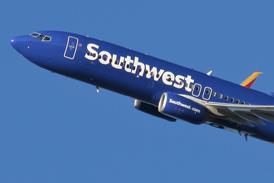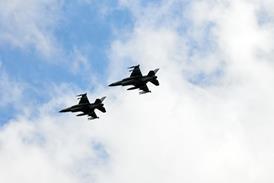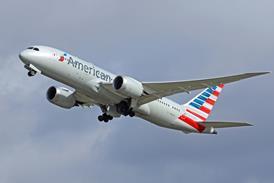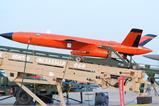The Pentagon is continuing the process of divesting older Boeing F-15C/D Eagle fighters, with more of the ageing jets being withdrawn from frontline service in Japan.
The 18th Wing of the US Air Force (USAF), which operates from the strategically important Kadena Air Base in Japan, on 26 August said four of the single-seat F-15Cs had departed the base on divestment flights on 24 August.
Those aircraft will eventually be replaced by the latest version of the venerable twin-engined fighter: Boeing’s F-15EX Eagle II.
“As part of its modernisation plan, the US Air Force is enabling Kadena to increase its combat capabilities with the F-15EX Eagle II, while maintaining a rotational presence with the phased withdrawal of the F-15 C/Ds,” the 18th Wing says.
The USAF began withdrawing the Eagles from Kadena in November 2022, saying at the time that the process would take two years to complete.
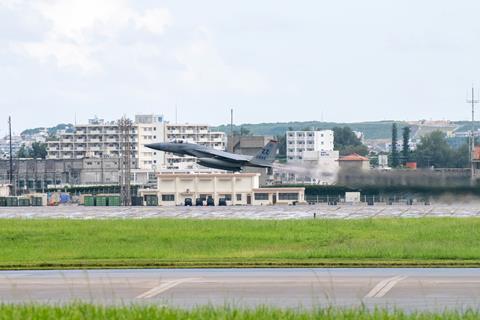
An organisation chart on the 18th Wing’s website shows that the two Kadena-based fighter squadrons at one point operated 54 F-15C/Ds, although more-recent Pentagon figures indicate 48 Eagles were assigned to the Okinawa air base.
Those jets logged more than 40 years of service, with the first example arriving at Kadena in 1979, according to the 18th Wing. The oldest will be retired to the USAF “boneyard” at David-Monthan AFB, while an unspecified number of Eagles will be reassigned to domestic units.
“The departure marks just one milestone on the road to replacing the F-15C Eagles and ushering in a new era of air superiority with the F-15EX Eagle IIs,” the USAF says.
That new era began in June, when the first combat-configured F-15EX entered operational service with the US Air National Guard’s 123rd Fighter Squadron in Portland, Oregon – where the new EX jets will replace F-15Cs currently used for domestic airspace defence.
Kadena was confirmed by the Pentagon as the second location to receive permanently assigned F-15EXs, although the USAF has not said when those fighters will arrive.
Boeing is ramping up production at the company’s F-15 assembly line in St Louis, Missouri – working toward an initial goal of producing 24 aircraft annually. So far, the airframer has delivered eight Eagle IIs to the USAF, with six of those being test and evaluation aircraft.
The service in June said Boeing at the time was assembling 18 operational fighters, including the two examples that have since been delivered. All of those are destined for service in Portland, the USAF says.

While Boeing works to churn out aircraft, the USAF plans to backfill F-15s departing Kadena with rotational fighter forces completing temporary stints in Japan, including fifth-generation Lockheed Martin F-22s from Alaska.
The service plans to assign 36 F-15EXs to Kadena, a slight numerical reduction that could be offset by the drastically improved capabilities of the Eagle II over older variants, including a 50% increase in weapons-carrying capacity and improved aerodynamic performance at slow speeds.
The F-15EX can carry 12 air-to-air missiles, compared to eight for older models operated by the USAF, including the more recent F-15E/F Strike Eagle variants.
Boeing was able to add two additional underwing weapons stations to the F-15EX thanks to the use of a digital fly-by-wire flight control system, which is able to compensate for the additional drag and airframe stress created by mounting missiles on the outer-wing section.
That extra combat capability was likely a key factor in the Pentagon’s decision to send its newest fighter to Kadena. The Okinawa air base is a key node for the projection of US power in the Indo-Pacific region and would likely play a central role in any conflict with China over the status of the disputed island nation Taiwan.
“Kadena serves as a hub for air power in the Pacific, ensuring readiness to project force capabilities and provide support to regional allies and partners when called upon,” the USAF notes.
But the strategic facility is also believed to be highly vulnerable to long-range precision munitions, which could swarm Kadena in the opening hours of a conflict.
War games conducted in 2022 by the Washington DC-based Center for Strategic and International studies found that the USA and allies could lose as many as 900 aircraft in a conflict over Taiwan – with many of those losses occurring on the ground at large bases like Kadena.
The USAF has subsequently taken steps to reduce its reliance on such facilities, with top service leaders recently acknowledging they can no longer count on having sanctuary bases from which to operate during a conflict.




